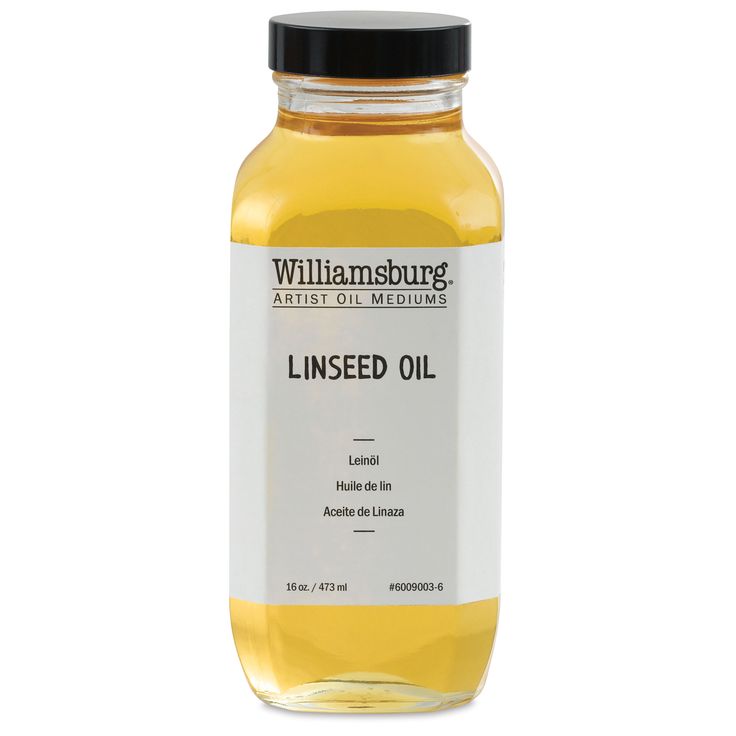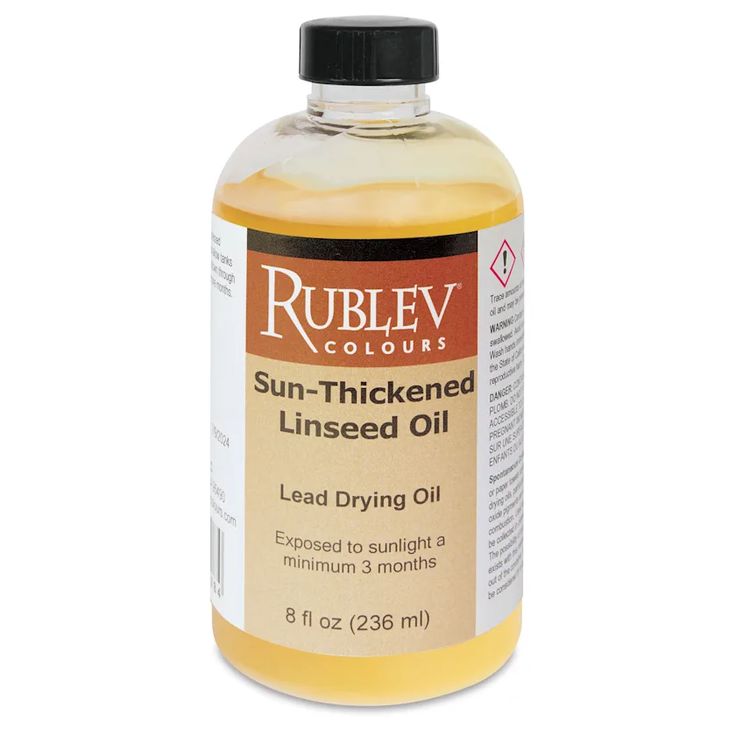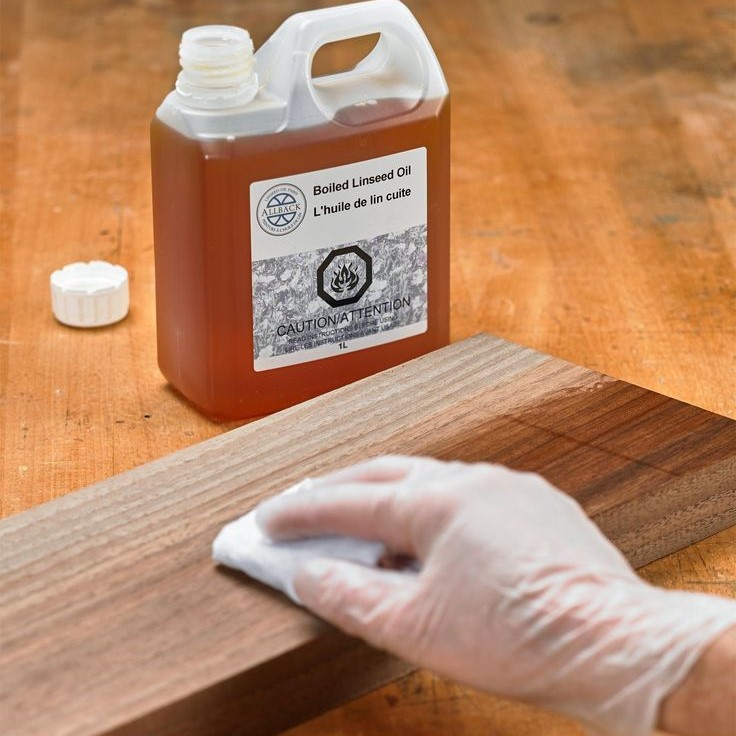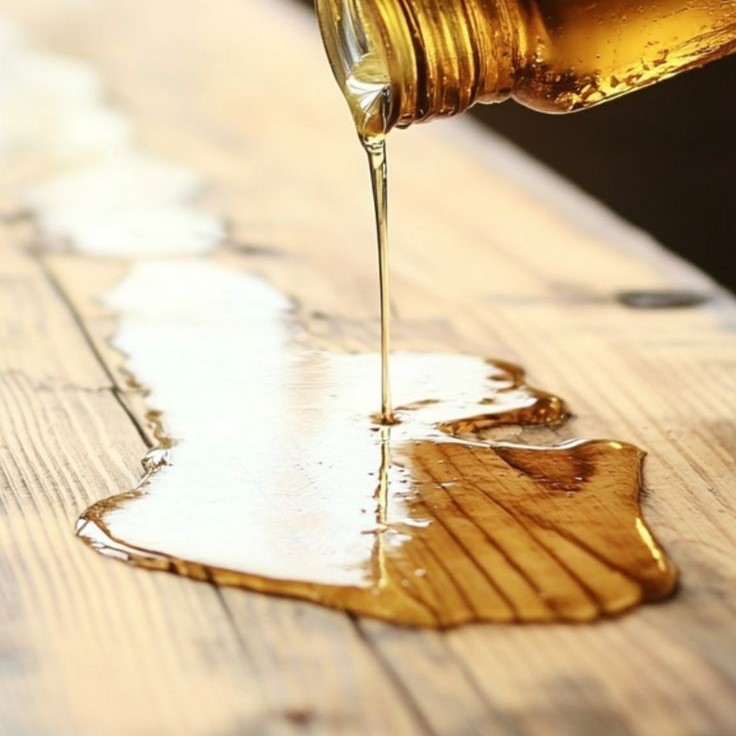What is Linseed Oil Paint?
Linseed oil paint is a natural, durable, and versatile type of paint. It uses linseed oil as its primary binder, making it eco-friendly and effective for long-term protection. Understanding its composition and history helps in appreciating its value.

Composition and Key Ingredients
Linseed oil paint primarily contains boiled linseed oil, natural pigments, and sometimes driers. The linseed oil acts as the binder, providing adherence and flexibility. Natural pigments give the paint its vibrant and lasting colors. Some variations may include additives to enhance drying time or consistency. This simple composition ensures that linseed oil paint stays environmentally friendly and non-toxic.
Historical Use of Linseed Oil in Paints
Linseed oil has been used in paints for centuries due to its protective qualities. During the Renaissance period, it gained popularity in artworks because of its smooth application and longevity. In the 18th and 19th centuries, it became a preferred choice for exterior and interior painting. Even today, linseed oil paint maintains its relevance in both heritage restoration and sustainable building practices due to its timeless durability and eco-conscious properties.
Benefits of Using Oil Paint
Linseed oil paint boasts an array of advantages, making it a preferred choice in various applications. These benefits are what set it apart from other paint types.
Longevity and Durability
Linseed oil paint is known for its exceptional durability. Over time, it hardens and forms a protective layer that resists cracking and peeling. This ensures surfaces maintain their original look for decades. Unlike synthetic paints, it ages gracefully and can even self-heal minor scratches when exposed to sunlight. This long-lasting quality makes it ideal for both heritage restoration and modern projects where longevity is crucial.
Eco-Friendly and Non-Toxic Properties
Linseed oil paint is made from natural ingredients, including linseed oil and pigments. It contains no harmful chemicals or volatile organic compounds (VOCs). This makes it safe for indoor spaces like homes and schools. Its non-toxic nature not only benefits the environment but also improves indoor air quality. Using linseed oil paint supports sustainable practices and minimizes ecological impact.
Resistance to Weather Elements and UV Rays
Linseed oil paint creates a flexible, water-resistant coating that seals surfaces effectively. It performs well in both humid and dry conditions, making it weather-resistant. Its natural composition also protects against UV rays, preventing colors from fading over time. These qualities ensure oil paint can withstand harsh outdoor environments while maintaining its vibrant appearance.
In summary, linseed oil paint excels in durability, eco-friendliness, and weather resistance. These features contribute to its growing popularity among professionals and homeowners alike.

Applications of Oil Paint
Linseed oil paint is a versatile solution for various surfaces and architectural styles. Its natural composition and durability make it suitable for diverse applications.
Suitable Surfaces for Application
Linseed oil paint works well on wood, metal, and masonry surfaces. It adheres efficiently to wood, preventing cracking and maintaining flexibility. Metal surfaces benefit from its anti-corrosion properties and strong adhesion. Masonry and brick surfaces gain protection and an attractive finish. Its versatility makes it ideal for indoor and outdoor use. It is commonly used on walls, ceilings, doors, windows, and decorative items.
Common Uses in Heritage Restoration and Modern Architecture
Linseed oil paint is widely used for historic restoration projects. It preserves the authenticity of heritage buildings and protects structures from weather damage. Professionals use it on period materials such as timber windows and carved details. In modern architecture, its eco-friendly qualities align with green building practices. It is often chosen for sustainable designs, facade elements, and wooden features. Its long-lasting finish and ability to self-heal make it valuable in both old and new construction projects.
Comparing Linseed Oil Paint to Conventional Paints
Linseed oil paint stands out when compared to conventional paints. Its unique formulation offers benefits that synthetic paints often cannot match.
Key Differences in Durability and Maintenance
- Durability: Linseed oil paint forms a flexible and robust layer that resists cracking and peeling over time. Conventional paints are more prone to wear, flaking, and damage from temperature changes.
- Self-healing: Linseed oil paint has the ability to self-heal small scratches when exposed to sunlight. Synthetic paints lack this feature, requiring touch-ups more frequently.
- Longevity: This natural paint stays intact for decades without losing its vibrancy. Conventional paints require regular recoating to maintain their appearance.
- Maintenance: Surfaces painted with oil paint often need less cleaning due to its non-static and water-resistant properties. Conventional paints may attract more dirt and require frequent washing and upkeep.
Advantages Over Synthetic Paints
- Eco-Friendly Composition: Linseed oil paint is derived from natural ingredients and contains minimal synthetic chemicals. Synthetic paints often release VOCs, which harm the environment.
- Chemical-Free: It is non-toxic and safe for indoor spaces, unlike many synthetic paints with harmful additives.
- UV Protection: Linseed oil paint provides excellent resistance against UV rays, keeping colors vibrant longer. Synthetic paints often fade under prolonged sunlight.
- Weather Resistance: This paint excels in harsh conditions, sealing surfaces effectively against water damage and humidity. Conventional paints may degrade more quickly under such challenges.
- Sustainability: Using oil paint supports green building practices and reduces environmental impact. Synthetic paints contribute heavily to carbon emissions during production and use.
Comparing oil paint with conventional options reveals clear advantages in durability, maintenance, and eco-friendliness. Its exceptional qualities make it an ideal choice for both heritage restoration and modern projects.

How to Apply Oil Paint for Best Results
Applying linseed oil paint properly ensures its durability and rich finish. Accurate preparation and technique are crucial for achieving optimal results.
Surface Preparation Techniques
- Clean the Surface: Remove dirt, grease, and old peeling paint for smooth adhesion.
- Sand the Surface: Sand wood, metal, or masonry to make it even and rough for better grip.
- Drying: Ensure surfaces are completely dry before applying paint to prevent trapping moisture.
- Primer Application: Use a primer suitable for oil paint to enhance durability.
- Masking Areas: Protect edges or areas not meant to be painted with masking tape.
Step-by-Step Application Process
- Mix the Paint: Stir oil paint thoroughly to blend pigments evenly.
- Test It: Apply a small patch to check for consistency and color on the surface.
- Apply First Coat: Use a brush or roller for an even, thin layer. Avoid overloading.
- Drying Between Coats: Let the first coat dry completely, usually for 24-48 hours.
- Second Coat Application: Apply a second layer for better coverage and a polished finish.
- Drying: Allow final drying time as recommended by the manufacturer.
Common Mistakes to Avoid During Application
- Skipping Preparation:
- Failing to properly prepare surfaces, such as neglecting to clean or sand them, can significantly reduce the paint’s ability to adhere effectively.
- Dust, dirt, grease, or previous layers of paint left on the surface can create barriers, preventing the new paint from forming a strong bond.
- Applying Thick Layers:
- Applying thick layers of paint may seem like a time-efficient approach but can lead to several problems, including uneven drying and a greater likelihood of peeling over time.
- Thick coats are more prone to trapping moisture beneath the surface, which can lead to blistering and cracking as the paint dries.
- It’s generally better to apply multiple thin coats rather than a single thick layer, as thin layers dry more evenly and promote better adhesion.
- Ignoring Drying Times:
- Rushing between layers by ignoring recommended drying times compromises both the durability and smoothness of the paint application.
- Each layer of paint needs adequate time to dry and cure properly to ensure that the subsequent layers adhere appropriately without pulling or causing texture issues.
- Following the manufacturer’s guidance on drying times helps to create a solid foundation and prevents issues that can arise from hastily applied layers.
- Using Contaminated Brushes:
- Utilizing dirty or contaminated brushes can have a detrimental impact on the paint finish and can lead to inconsistent application across the surface.
- Residue from previous paints, dust, or other contaminants can introduce imperfections and streaks, affecting the overall look of your work.
- Cleaning brushes thoroughly after use and ensuring that the tools are free from any buildup before starting a new project will help maintain a high-quality finish.
Proper application maximizes oil paint’s longevity and aesthetic appeal. Follow these steps for a flawless outcome.
Maintenance and Care for Oil Painted Surfaces
Proper care ensures linseed oil paint’s longevity and beauty. Routine cleaning and timely recoating are essential.
Cleaning and Recoating Guidelines
- Dust Surfaces Regularly: Use a soft cloth to remove dirt and debris gently.
- Avoid Harsh Chemicals: Clean with mild soap and water to maintain the paint’s finish.
- Inspect for Damage: Check annually for cracks, peeling, or worn areas needing attention.
- Recoating: Lightly sand the surface before applying a fresh coat to ensure strong adhesion.
- Timing for Recoating: Recoat only when the paint shows visible signs of wear, usually every 5-10 years.
Tips to Prolong the Life of the Paint
- Prevent Moisture Contact: Avoid prolonged exposure to water for better durability.
- Protect from Abrasion: Use pads or covers to safeguard painted surfaces from scratches.
- Seal Outdoor Areas: Apply additional protective coatings to exposed surfaces for weather resistance.
- Control UV Exposure: Use shades or awnings to reduce direct sunlight impact on outdoor areas.
- Use Quality Tools: Maintain brushes and rollers to ensure smooth application during touch-ups.
Regular maintenance and these tips ensure linseed oil paint stays vibrant and functional for years.
Environmental and Health Benefits
Linseed oil paint provides a range of environmental and health benefits. These benefits make it a sustainable and safe option for homes, schools, and other spaces.
Reduced Carbon Footprint
- Natural Ingredients: Linseed oil paint is made from natural materials, reducing reliance on synthetic resources.
- Eco-Friendly Production: Its manufacturing process requires less energy and produces minimal waste compared to synthetic paints.
- No VOC Emissions: Unlike conventional paints, linseed oil paint does not release harmful volatile organic compounds (VOCs).
- Biodegradable: It decomposes naturally, reducing environmental pollution and waste generation.
- Sustainable Practices: Using linseed oil paint supports eco-conscious living and green building initiatives.
Choosing linseed oil paint contributes to lowering carbon emissions, making it ideal for environmentally responsible projects.
Safety for Indoor and Outdoor Use
- Non-Toxic Composition: It contains no harmful chemicals, making it safe for occupants, including children and pets.
- Improved Air Quality: With no VOCs, the paint promotes healthier indoor environments in homes and workspaces.
- Versatile Application: It can be safely used for both outdoor and indoor surfaces, ensuring flexibility.
- Allergy-Friendly: Its natural ingredients reduce the risk of allergic reactions during and after application.
- Durable Protection: The paint’s lasting finish ensures fewer repainting needs, reducing exposure to paint fumes over time.
Linseed oil paint is not only eco-friendly but also enhances safety inside and outside buildings. Its combination of sustainability and health benefits makes it a top choice for both modern and traditional settings.
Where to Buy and Selecting High-Quality Oil Paint
Finding the right linseed oil paint ensures optimal performance and lasting results. Knowing trusted sources and product tips helps with smart decisions.
Trusted Brands and Suppliers
- Eco-Friendly Brands: Look for companies specializing in natural products, like oil paints. They often emphasize quality and sustainability.
- Reputable Suppliers: Purchase from well-known painting or hardware stores for reliable products and expert advice.
- Local Artisans: Support local craftsmen or specialty stores. These often offer high-quality, custom options.
- Online Retailers: Many established brands sell through their websites or trusted online platforms, making it convenient.
- Expert Recommendations: Check endorsements from architects, restoration specialists, or eco-friendly building experts for trusted suppliers.
Tips for Choosing the Right Product
- Check Ingredients: Look for natural, VOC-free formulas to maintain eco-friendly and non-toxic benefits.
- Inspect Pigment Quality: Choose paints with durable, natural pigments for vibrant, long-lasting colors.
- Consider Application: Select products tailored for your surface type, such as wood or masonry.
- Test Samples: Buy small quantities to test the consistency, color, and drying time.
- Review Certifications: Look for eco-certifications or labels indicating high-quality manufacturing standards.
- Compare Prices: While not cheap, linseed oil paint should offer value for long-term use.
- Read Reviews: Look for user feedback regarding durability, finish, and ease of application.
Buying from trusted sources and following these tips ensures you select the best linseed oil paint for your project.

